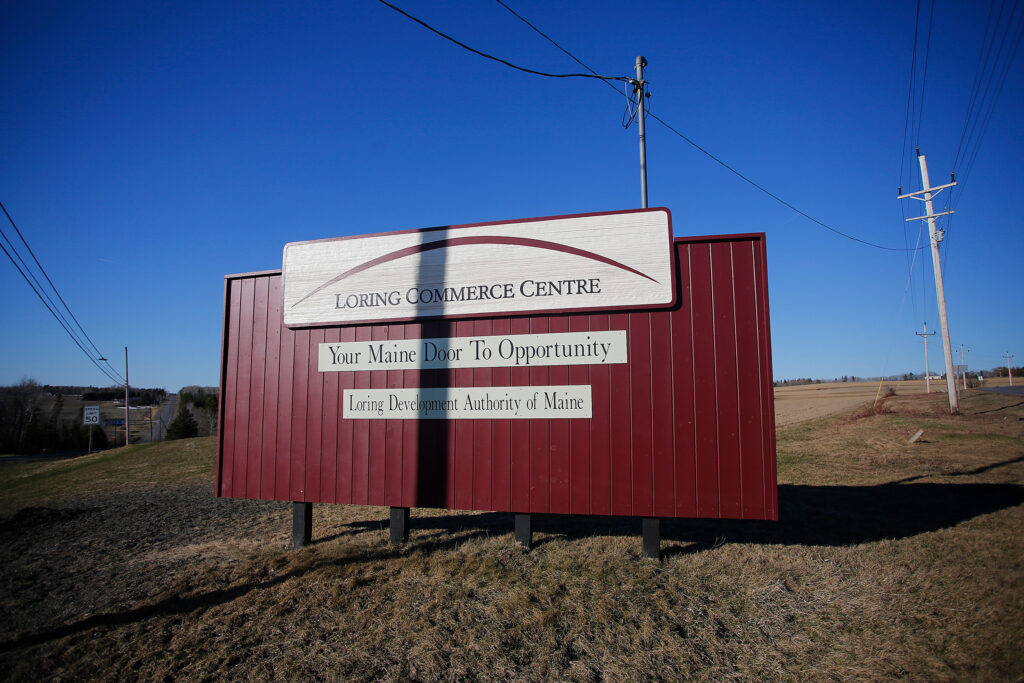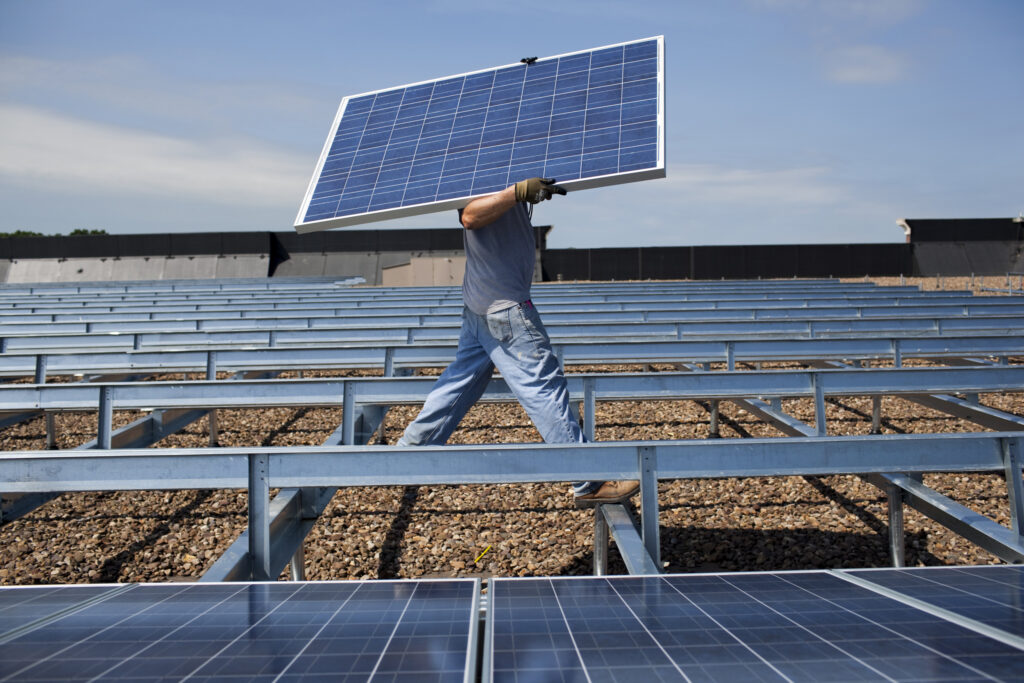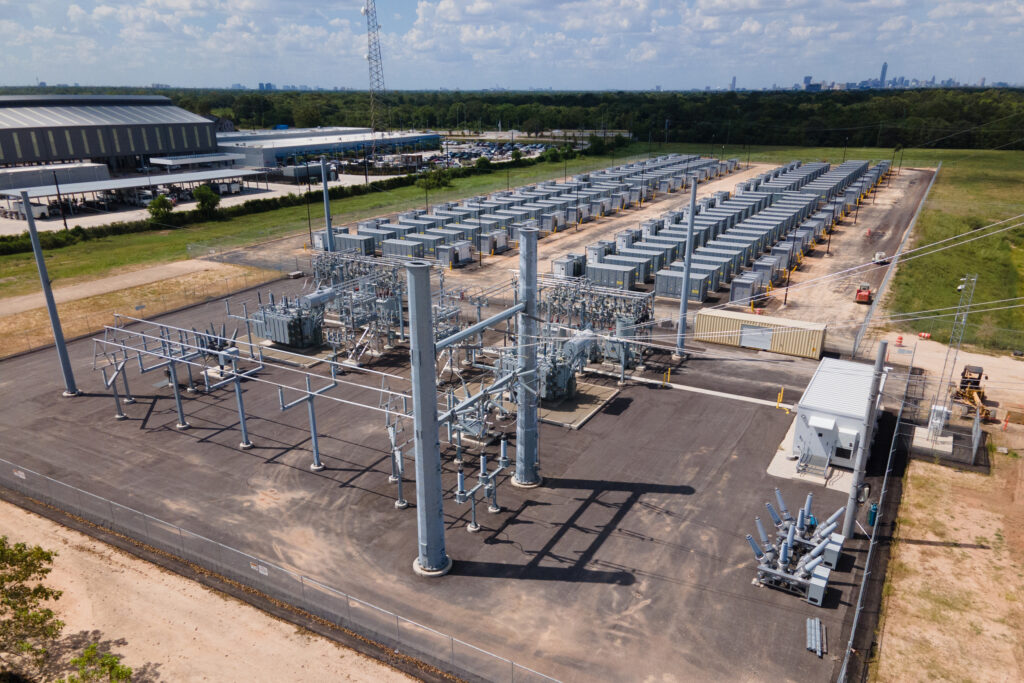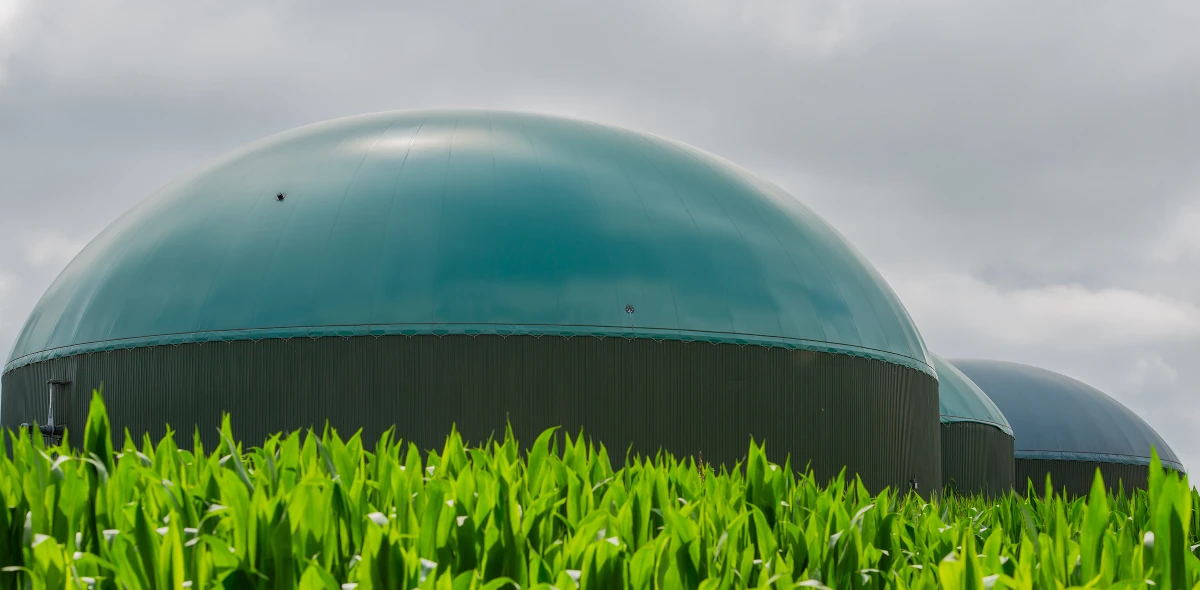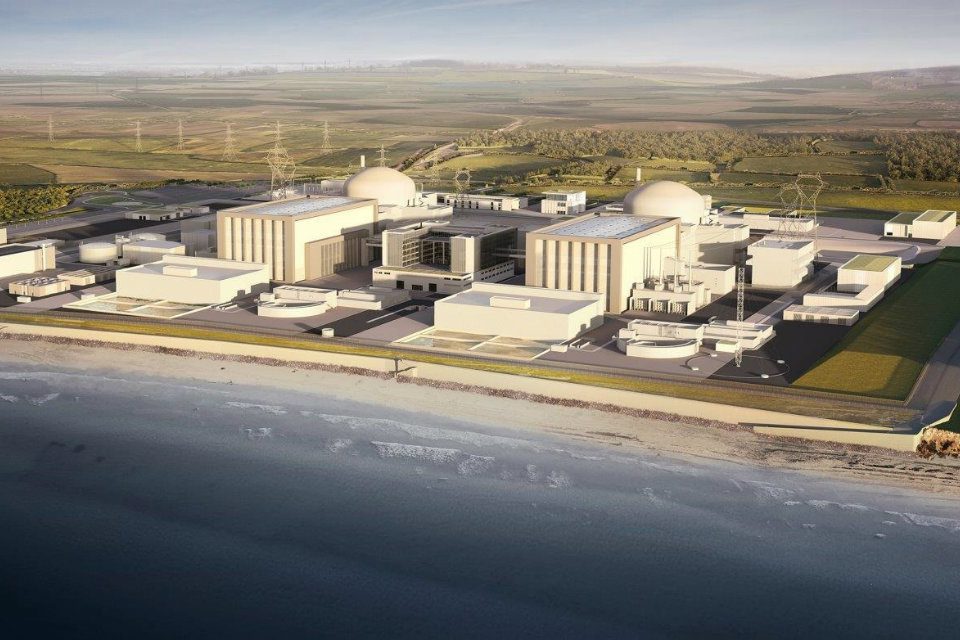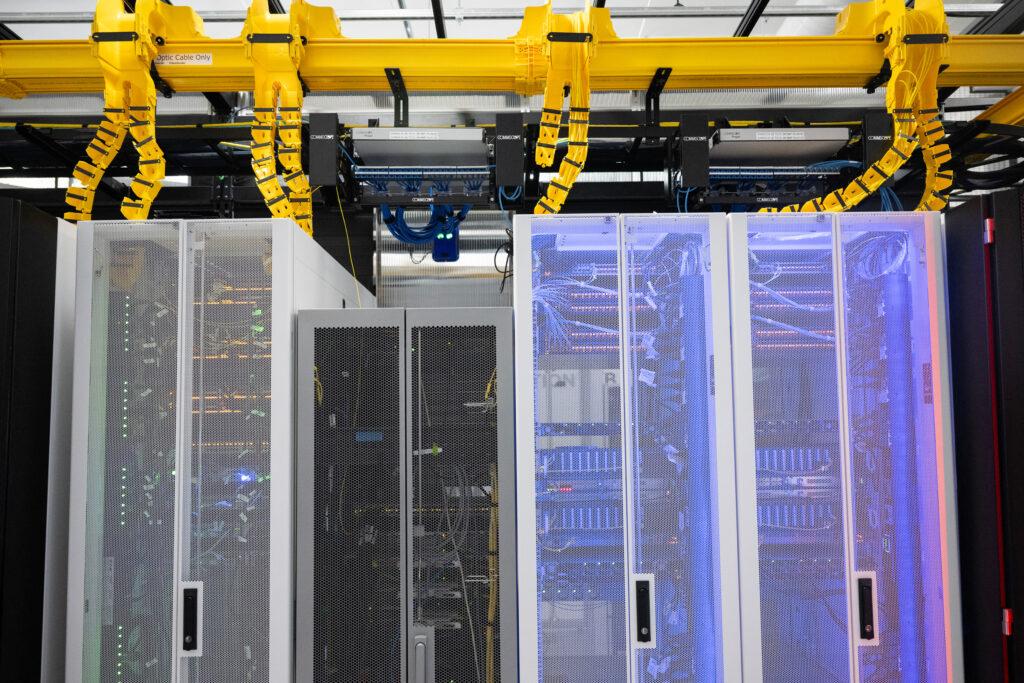From our collaborating partner “Living on Earth,” public radio’s environmental news magazine, an interview by Managing Producer Jenni Doering with Dan Gearino of Inside Climate News.
JENNI DOERING: Electric vehicles are usually more expensive than gas-powered ones, but a federal tax credit of $7,500 renewed by the Inflation Reduction Act offers a high-octane incentive for Americans to go electric.
For consumers to qualify for the credit, automakers must have met certain standards, like sourcing battery materials primarily from the U.S. or trade partners and doing final assembly here in the U.S.
The tax credit is designed to entice automakers back from China and its lower labor costs, especially in the wake of the “Big Three” U.S. auto workers strike last year that won historic contracts with big pay raises.
The rules linked to the tax credits had a gradual phase-in to give automakers a little more time to build up domestic supply chains.
But they’re not quite there yet, so as we enter 2024, only 19 models are now eligible for the full $7,500 taxpayer credit when purchased new, down from 43 models last year.
We’re hiring!
Please take a look at the new openings in our newsroom.
See jobs
Dan Gearino reports for our partner, Inside Climate News. Dan, how’s this transformation going?
DAN GEARINO: So this is one of those classic kind of questions where the answer is, it depends on who you ask. And it depends on from whose perspective. So how is it going in terms of encouraging U.S. manufacturing? From that frame, it’s going great. It is just this wild success. We’re talking tens of billions of dollars of investment. Almost every major automaker is putting a ton of money into building batteries and the battery components and to sourcing their stuff from the U.S. or from U.S. allies. So from that perspective, this is a great success.
For a consumer, or for a car dealer who wants a really simple tax credit, who wants a tax credit that’s available on a whole bunch of vehicles, it’s not as great because it’s more difficult for these vehicles to qualify. So if I want to go shop for say, a Hyundai or a Kia vehicle, none of them qualify if I’m buying a new vehicle. If I want, you know, Volkswagen, BMW or some of, you know, some of the German brands, you don’t see many of them qualifying.
A lot of the Tesla vehicles do qualify, but certainly not all of them. Hyundai and Kia, though, are also adjusting the way that they produce vehicles and where they produce vehicles so that one day they’ll be able to get this same credit. So it’s tougher for consumers. But the idea is that this will become simpler for consumers a couple years from now, when companies have adjusted the way that they source this stuff.
DOERING: Well, if somebody does need a new car right now, maybe listeners are thinking about purchasing an EV, with these fewer models qualifying for the tax credit in the meantime, that doesn’t exactly sound like good news. But to what extent is there any kind of silver lining for those listeners?
GEARINO: A typical electric vehicle is more expensive than a typical gasoline vehicle. But there’s a really wide spectrum in terms of how inexpensive some of these vehicles are. Kia and Hyundai have done a great job with their EV lines. They have models that get great reviews, they have models that are also pretty affordable, even without tax credits. But if you’re looking at tax credits, just for new vehicles, there is a relatively small selection. But there’s also a $4,000 credit for used plug-in vehicles. And just looking at some of the vehicles available in my market, in Columbus, Ohio, there is a more robust used EV market now with lots of options available, than there was a year ago.
Also for leased vehicles, the manner in which leasing companies will acquire these vehicles allows them to get a tax credit. And that tax credit doesn’t have as many restrictions as the credit for consumers buying new vehicles. The upshot is that some of those brands that don’t qualify for the tax credit, can get a tax credit if you’re leasing. The specific details of that you need to figure out with a dealer, but whether it’s leasing or buying a used car, and then these options for buying new cars.
I should also say that some manufacturers are doing their own tax credit. They didn’t qualify for the U.S. government tax credit, but they’ll just do an equivalent discount on the vehicle of the same amount. You just need to shop around and see what the options are out there.
DOERING: So how are American consumers responding to these EV tax credits in terms of which cars they’re choosing to buy?
GEARINO: There has been this fascinating dynamic this last year where sales of EVs have absolutely skyrocketed. But at the same time, production of EVs have also skyrocketed. And there are concerns from some automakers that the increase in demand has not quite kept pace with the increase in supply.
And that is a dynamic that is difficult to kind of get your arms around because you could simultaneously say 2023 was the greatest year ever for the U.S. EV market. And you could also say that 2023 was a year when the EV market went through some growing pains that were at times really difficult. And you wouldn’t be wrong. You could assemble a really compelling batch of evidence to make both of those cases. The truth, of course, is that they’re both true.
And from the consumer’s perspective, what I tell people when they ask me, “Should I buy an EV now, what are the number of vehicles that are going to be available, and will there be price competition that will drive prices down,” it’s like, every six months or so you’re in a bigger market with more options and more vehicles you can go and test drive.
Now, at the same time, though, this idea of if you want to get your first EV maybe wait six months, on a macro level, that’s disastrous. So if I’m talking to a friend, I’ll say, you’re gonna have a couple of these options in six months that aren’t here now. But right now you have a lot more options than you did a year ago.
Also, companies are gonna get better at making batteries. They’re gonna just get better at this, the more that they do it. So yeah, I would say it’s a very good time to buy an EV, but it’ll be better in six months. It’ll be even better in a year. It’ll be even better than you know, going out into the future.
This story is funded by readers like you.
Our nonprofit newsroom provides award-winning climate coverage free of charge and advertising. We rely on donations from readers like you to keep going. Please donate now to support our work.
Donate Now
DOERING: What do you think we should be expecting from the EV market in 2024?
GEARINO: The EV market in 2024 is going to continue to grow by a lot. The question is how will the growth rate compare to 2023, which was substantial growth. Just seeing record growth all the time isn’t enough. You need record growth by a lot. And you also are seeing a maturing market where maintaining growth levels gets increasingly difficult.
So I think that one of the key variables is how well, for example, General Motors does in its EV rollout. Do they have some successful models? Can they produce enough vehicles? Just some of the challenges that they faced, are they able to overcome them?
You look at the Ford F-150 Lightning truck. And that’s one that’s done healthy sales. How much is that going to grow? I mean, that could grow a lot in 2024. You also look at Tesla, a company that’s had some issues. I certainly don’t expect the Cybertruck to be a super big sales success. With some of their other models, there’s room for growth. But they don’t have a big debut coming up.
And there’s a real question as to whether they can sustain some of their sales growth without that. Two vehicles that I want to test drive because I’m considering buying them are the Chevy Equinox, and then also the Volvo EX30. I think the Equinox is a real opportunity for GM, if they don’t screw it up. The Volvo EX30, its price point is really good. It looks like it’s a really attractive vehicle. I think the brand equity for Volvo was really exceptional. Also, Hyundai and Kia have a bunch of options that are really good. And it wouldn’t be that surprising if you saw, in particular, Kia, just kind of build momentum as this leading EV producer. I mean, they already kind of are. But this could be a year where they really solidify that status.
All in all, it’s going to be a big year. It’s just a question of how big and in order to make the transition away from fossil fuel vehicles, you need a lot of growth. And whether or not it’s enough is an interesting question.
DOERING: Dan Gearino is a reporter for our partner, Inside Climate News. Thank you so much, Dan.
GEARINO: Thank you.




